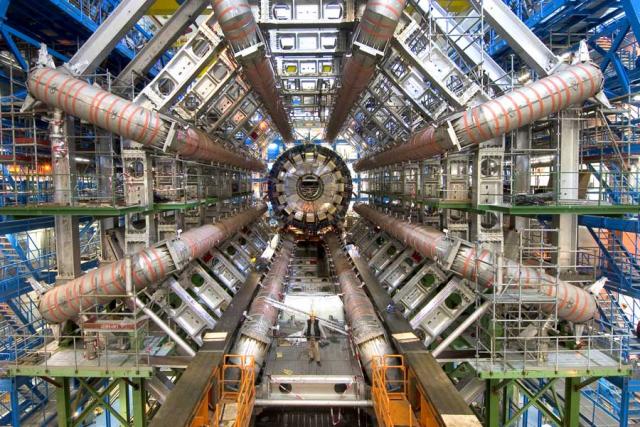
Large Hadron Collider sets world record beam intensity
Danica Patrick Honda Film - Watch now to discover the upside of failure through Danica Patrick. - www.honda.com
"Beam intensity is key to the success of the LHC, so this is a very important step," said CERN Director General Rolf Heuer. "Higher intensity means more data, and more data means greater discovery potential."
Luminosity gives a measure of how many collisions are happening in a particle accelerator: the higher the luminosity, the more particles are likely to collide. When looking for rare processes, this is important. Higgs particles, for example, will be produced very rarely if they exist at all, so for a conclusive discovery or refutation of their existence, a large amount of data is required.
The current LHC run is scheduled to continue to the end of 2012. That will give the experiments time to collect enough data to fully explore the energy range accessible with 3.5 TeV per beam collisions for new physics before preparing the LHC for higher energy running. By the end of the current running period, for example, we should know whether the Higgs boson exists or not.
"There's a great deal of excitement at CERN today," said CERN's Director for Research and Scientific Computing, Sergio Bertolucci. "and a tangible feeling that we're on the threshold of new discovery."
After two weeks of preparing the LHC for this new level of beam intensity, the machine is now moving in to a phase of continuous physics running scheduled to last until the end of the year. There will then be a short technical stop, before physics running resumes for 2012.
Provided by CERN
April 22, 2011


